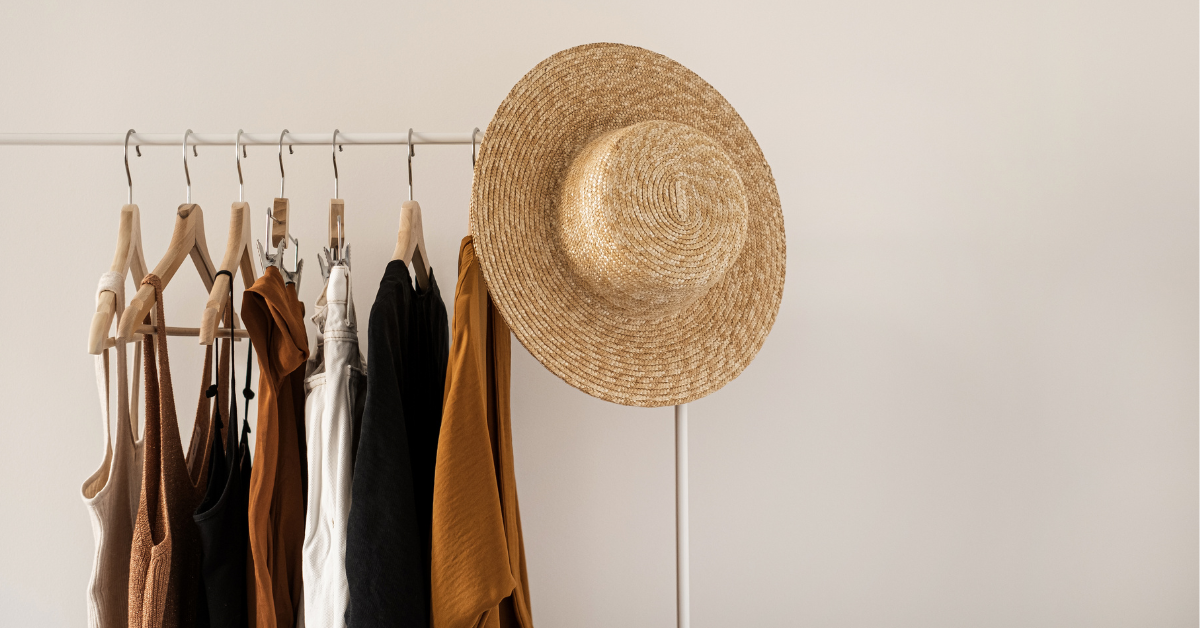It’s taken some time and now you’ve received a place on a fashion-designing program at a university or art college. There are only a few weeks away from starting your classes, and then you’ll be busy with the freshers’ week, and then settling in to your classes.
Getting the most out of your fashion designing class will be a reflection of how you feel about the course and your goals as the quality of your fashion design program.
The best applicants show up at the fashion institute with the basic skills and the knowledge required to succeed starting from the first day. They have precise understanding of their route to careers in fashion design, and they don’t begin their careers in fashion design as if they’re blinded.
If you know all you possibly can regarding your school and school prior to attending your first day of class and you’ll be able to easily navigate the basics of course orientation including classroom locations facilities, classroom location and more, without being overwhelmed. Have you ever thought about how you can become an entrepreneur in fashion? Let us answer your questions.
Below are 10 of our best fashion-oriented courses to help you sail smoothly of your boat both during and after school.
1. Be prepared to invest lots of effort.
Be organized and don’t take fashion lightly. Additionally, little actions like showing up at the right time for your classes and being prepared for every assignments can make a big impact.
Be sure to communicate with the right people and build networks. You’re fortunate to be able to attend an accredited fashion school. show your appreciation rather than your displeasure.
Make the most of this opportunity and be sure to take any negative idea with a pinch salt. The efforts you put into it will get rewarded and noticed in the near future, whether at present or in the future.
2. Treat Your Course As Your Fashion Portfolio
The projects you work on in your fashion design class and the assignments you finish make up your portfolio of designs. Do your all to get the greatest outcomes.
If you’re studying it is important to gather materials for your assignment instead of taking photos of your enjoyable times to post on your social media sites. If you are going to school, make sure that your focus is on learning instead of having fun. Sure it is important to have a social calendar. is essential but not so much that it prevents your progress on your portfolio.
3. Speak to alumni and seniors.
Talking to current students in the fashion design course like you and former alumni is a great way to get ready for your time in the course. They will provide you with an knowledge of the curriculum, the instructors, the facilities, and extracurricular activities. All you need to do is contact for the Admissions Office to put you in contact with a number of alumni or students.
4. Brush Upon Your Sewing & Sketching Skills
Sewing machines are an essential piece of equipment for any designer who wants to be successful So, get yourself a sewing machine and begin learning how to use it effectively.
Therefore, before you are required to utilize it in your classes, you should get some experience in the fundamentals of sewing. We are sure that working on your sewing abilities will make the process simpler for you.
Then comes the drawing skills. We know that not everyone has the ability to draw and sketching. As fashion designers, sketching is an essential element of the process.
5. Work On Your Understanding of Fabrics
You do not need to be an expert in different types of fabrics and materials at this stage. All you need to do is become familiar with clothing as well as fabrics, stitches and embroidery. The internet offers thousands of tutorials, classes, and blogs that guide you through the different fabrics and the various varieties.
It is essential to know the fabric since the design and embroidery will differ from material to material.
6. Plan your financial situation.
Most students at universities don’t come from rich families. Therefore, the issue of money is a concern for students. In the majority of cases they’ll need control their finances with care and possibly work in part-time jobs during their studies to earn a living and pay for expenses.
For the majority of people that’s why it’s important to manage their finances in a responsible manner. So, we suggest you make yourself a budget which outlines the expected income, your projected expenses, and strategies to address any deficits. You can find numerous details and advice regarding this topic on financial and academic websites.
7. Learn about the industry and learn about the procedures.
Your passion for fashion should be firmly rooted. While the bulk of your learning is on the job however, you should be aware of the fundamental processes of the industry. This includes fundamental sewing and drawing skills and understanding of the business aspects of fashion design.
The first is a love of the world of fashion, both past and the present. Gain knowledge of specific basic principles and the dynamics behind various fashions. Take note of the colors and ranges. Blogs and magazines can keep you updated. A good understanding of fashion can help you create your own ideas.
Additionally, having a solid understanding of business is extremely beneficial in the fashion industry. It can help you set up and run your company efficiently, which will allow you to determine the ideal customers for your designs.
8. Arrange Internships
Internships are an excellent opportunity to build your resume and get you a first step on the next step in your career. When you are pursuing a fashion design course, make sure you are active and make the most of opportunities to work in internships and other positions.
9. Understand the Trends, Don’t Just Keep Up With Them
Everyone wants you to be up to date with fashion trends. As a fashion designer you have to be a step ahead of the curve and comprehend trends and forecasts. Learn how trends develop and are repeated in a short period of time. Fashion isn’t limited only to one event, Paris Fashion Week but also about keeping an eye on trends in the marketplace and the demands of consumers.
10. Find Your USP
Finding a niche can allow you to narrow down the services you are able to offer. Finding a niche is essential for designers who plan to create their own label or brand. There is a need for every kind of product. All you have to do is identify your own distinctiveness and build on your USP.
Make time to understand your market and unique selling point. Is it sustainable or fast fashion? Formalwear, bridalwear streetwear or something different? Unisex or gender-specific? What career path do you wish to take as a job?
Find out the area of your passion and see what the creativity that comes from it will lead to. Finding a niche within the field of fashion design is difficult and requires a lot of time as it takes.









